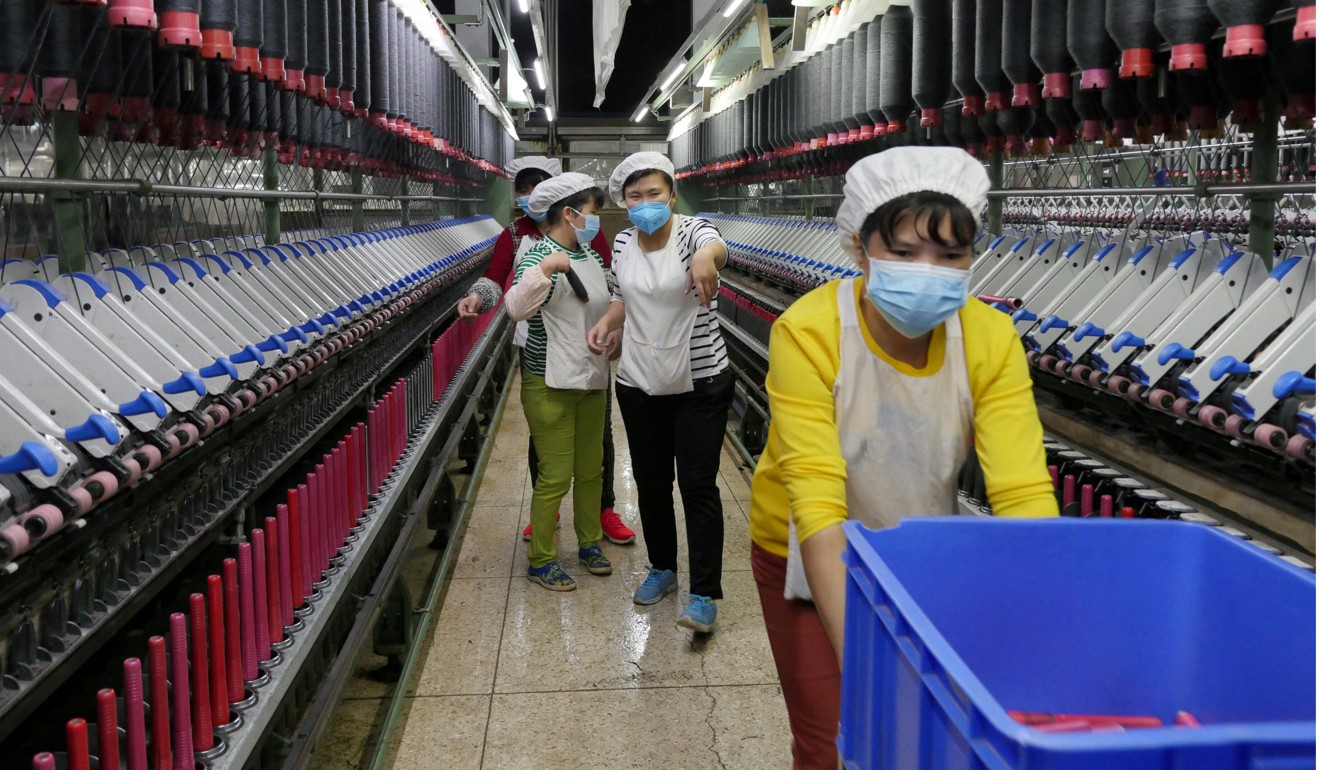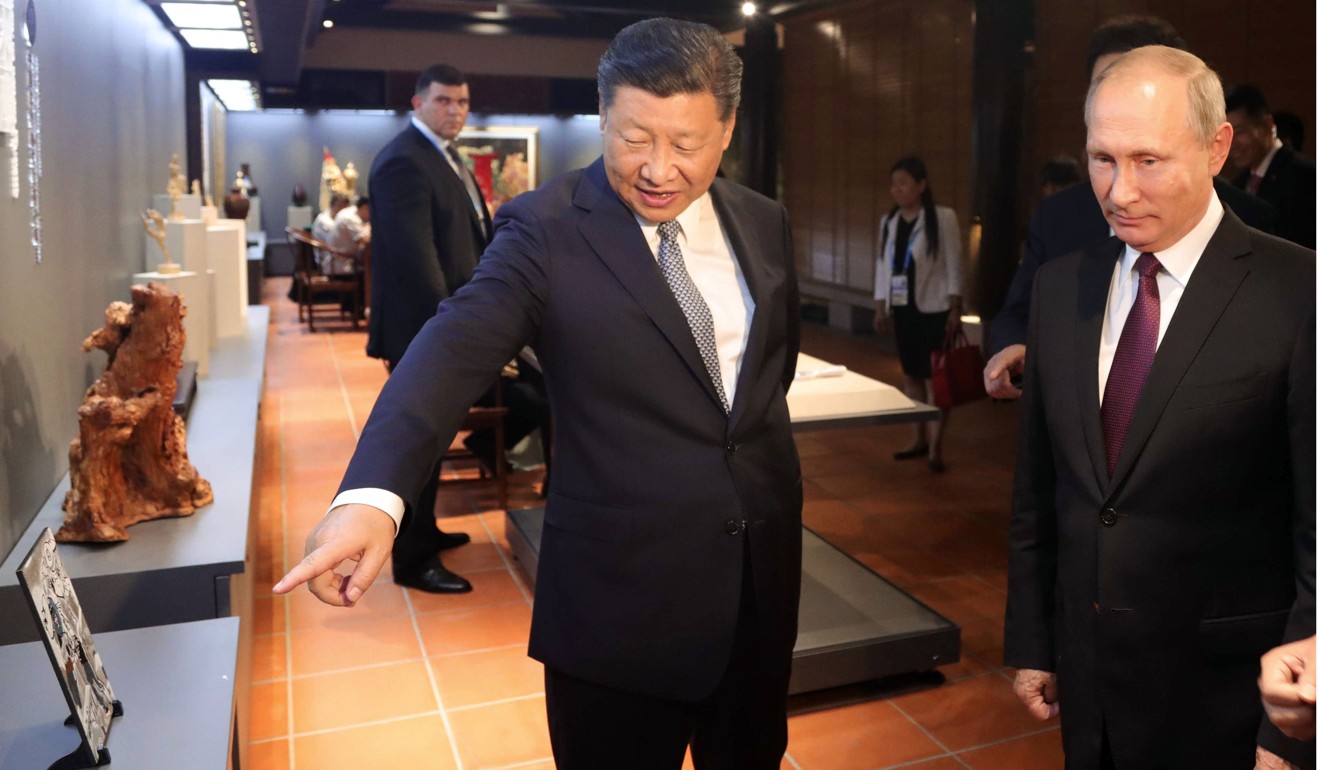
Can Russia’s own ‘belt and road’ project make a big impact?
Anton Tsvetov says Moscow’s reasons for rolling out the Greater Eurasian Partnership aren’t hard to understand, given today’s great power competition. But its inexperience may undermine its ambition
The project has so far remained largely unnoticed, but those who do speak or write about it tend to fall into two categories. Some dismiss it as a neo-imperial idea, empty of substance and meant merely to bolster Russia’s great power image. Others – mostly Kremlin-inspired pundits – see it as Russia’s new civilisational project of the century, bound to propel it towards leadership in all Eurasia.
Both visions are equally wrong. The Greater Eurasian Partnership is not void of substance; it actually has some precise economic content – surprisingly so, given the general incoherence of Russia’s Asia policy. At the same time, it is meant to produce a decent public relations effect, regardless of the actual success, which may come in handy since implementing the initiative in full will be an extremely challenging task.
Putin hopes belt and road plan can boost cooperation in Eurasia
Beijing’s new Silk Road may extend to Moscow-led Eurasian union
It all started, however, as a reaction to the Trans-Pacific Partnership and China’s plan for a Silk Road economic belt. Moscow chose an “if you can’t beat ’em, join ’em” approach by announcing the coordination of the Silk Road belt with the Russia-led Eurasian Economic Union. That was a quick fix to the asymmetry of strategic initiatives that was becoming visible in the region.
As the enormity of China’s belt and road became evident, along with growing interest in the US-led TPP and Asean’s Regional Comprehensive Economic Partnership, Russian policymakers decided to roll out a project of their own.

By now, the idea has become far more ambitious. Russia’s Greater Eurasia initiative now has two tracks. The first is the Greater Eurasian Partnership, a loose network of agreements that Russia and the Eurasian Economic Union may have with any country or grouping on the vast Eurasian continent. This may include a trade agreement with Serbia, a memorandum between the Eurasian Economic Commission and the Asean secretariat, or a joint investment project with Japan. One big element of this network will be a “Eurasian Trade Facilitation Agreement”, which Putin suggested at the belt and road forum in Beijing. This decentralised approach is reminiscent of the Belt and Road Initiative.
The question is, can Russia handle such an ambitious plan?
The second track is much more concrete, but no less ambitious. The Eurasian Economic Partnership represents a non-preferential Russia-China agreement on trade in services and investment, which will then be open for accession by members of the Eurasian Economic Union and any other states of Eurasia. The obvious reservation is that any state joining a Russia-China agreement will no doubt look like it is making a political statement in the era of perceived global competition among great powers, and Russia’s not-so-great relations with the West.
Moreover, it would mean signing a document that was negotiated only by two countries – precisely the approach that drew strong Russian criticism of the Trans-Pacific Partnership.
How China, Russia and India will seek to shape Eurasia in their own distinct ways

What is the point of the greater Eurasia idea then? First, it is an attempt to create substance in Russia’s pivot to Asia, often seen merely as a reaction to worsening relations with Europe and the US. Second, it is an attempt to bring greater international legitimacy to the Eurasian Economic Union by marketing it as a bloc. Finally, the two Eurasian partnerships are there to create an economic pull for Eurasian countries by making Russia a rule-maker and an advocate for more economic connectivity, amid fears of protectionism.
Why China’s trump card in global diplomacy is fraught with peril
The big question is, can Russia handle such an ambitious plan? It has little experience in leading integration projects and carries the stigma of being a rebel in the eyes of the West. The answer will much depend on Moscow’s ability to talk to players in Asia in the language of economic benefits and strategic vision, and Russian policymakers’ readiness to explain time and again that the Greater Eurasian Partnership is more about partnership than greatness. The biggest obstacle, however, is still the lack of Russia’s own economic prowess and limited competitive power on global markets.
Anton Tsvetov is an expert at the Centre for Strategic Research, a Moscow-based think tank. He tweets on Southeast Asian affairs and Russian foreign policy at @antsvetov. The views expressed here are the author’s own
